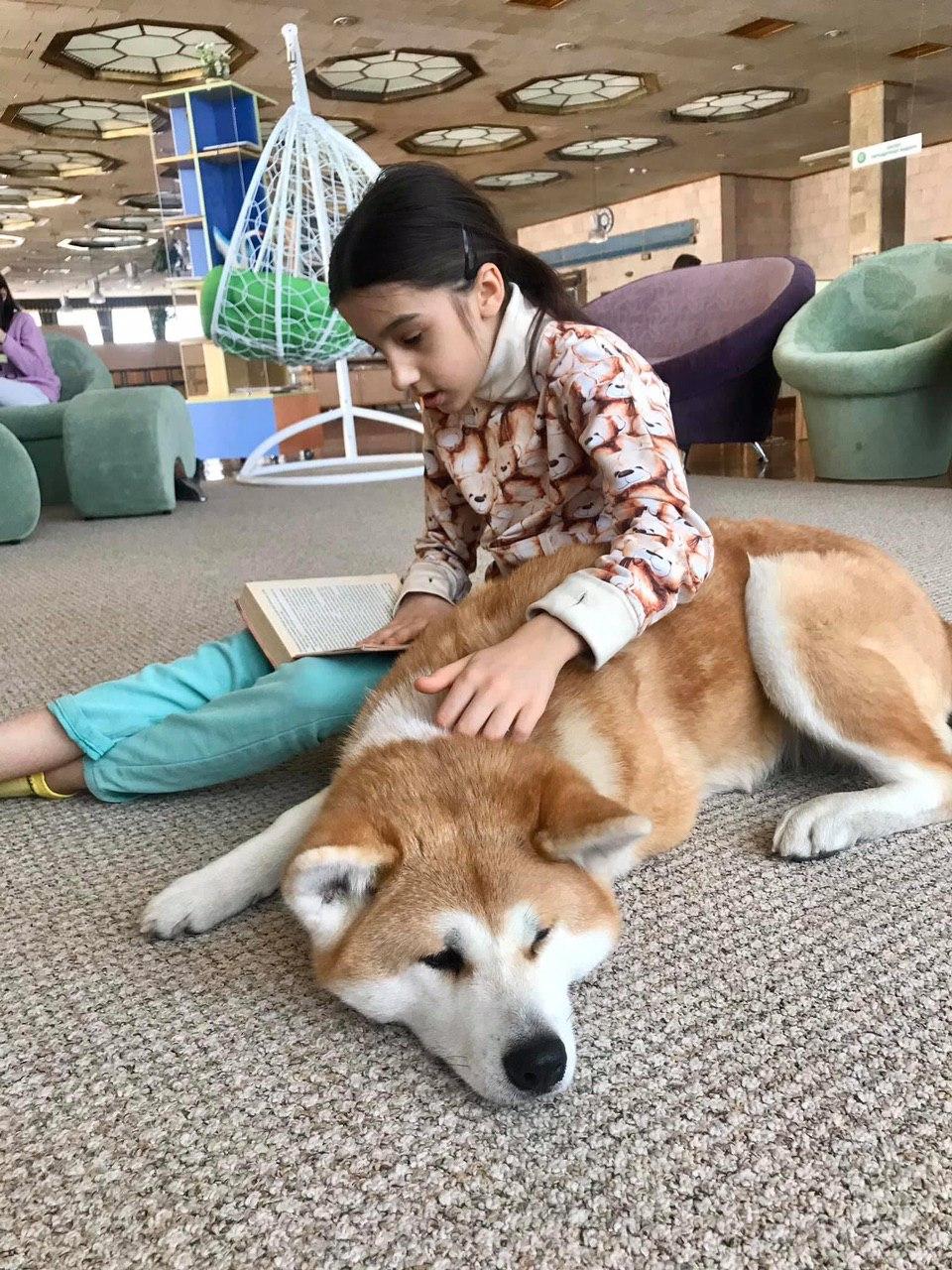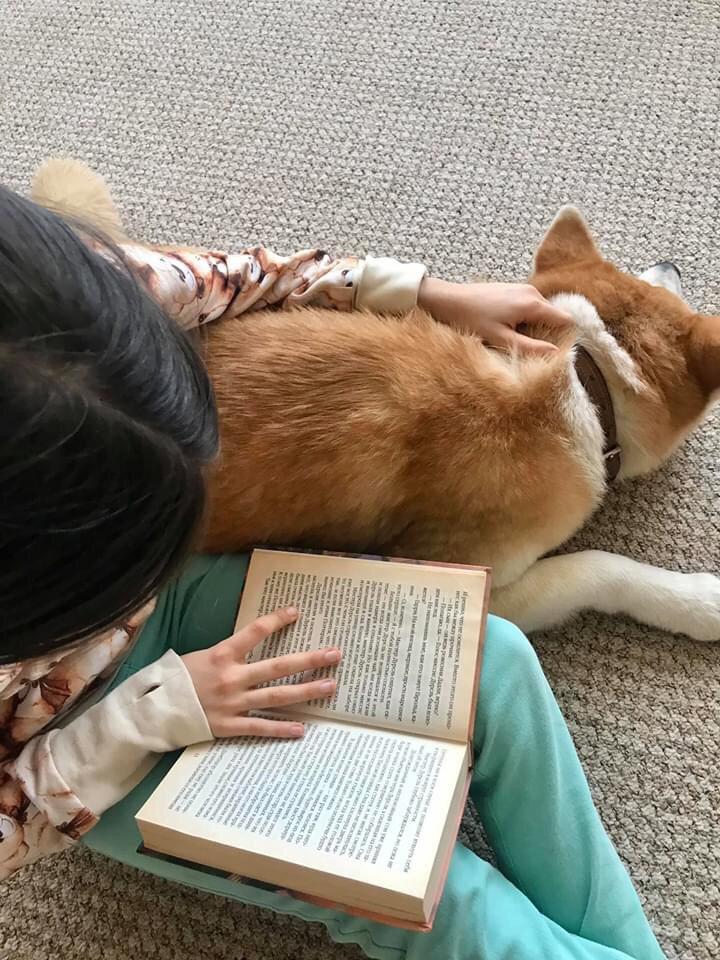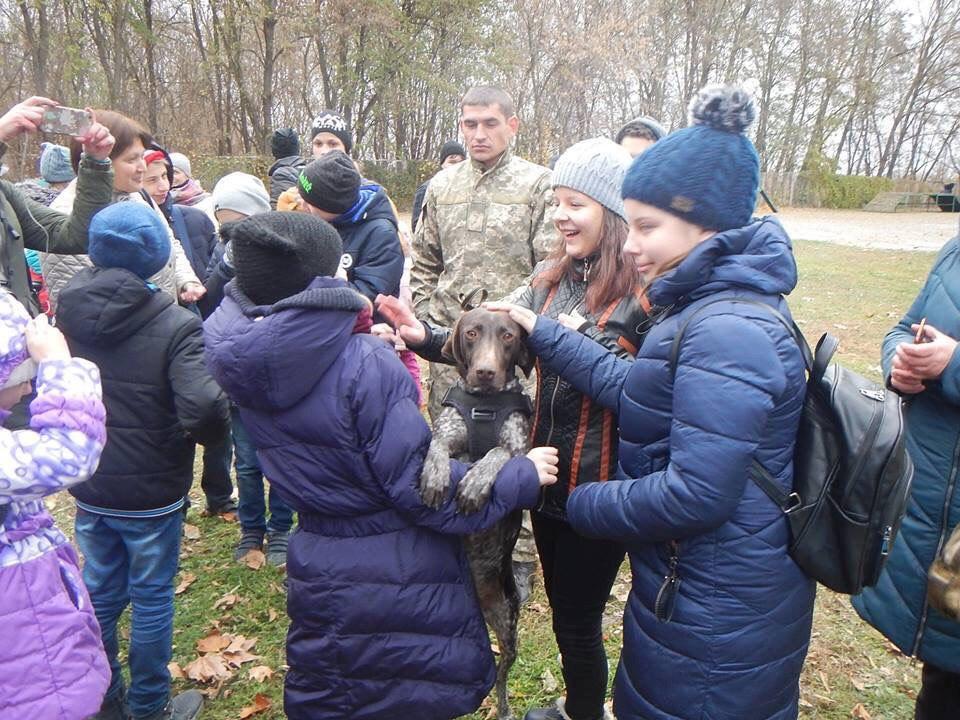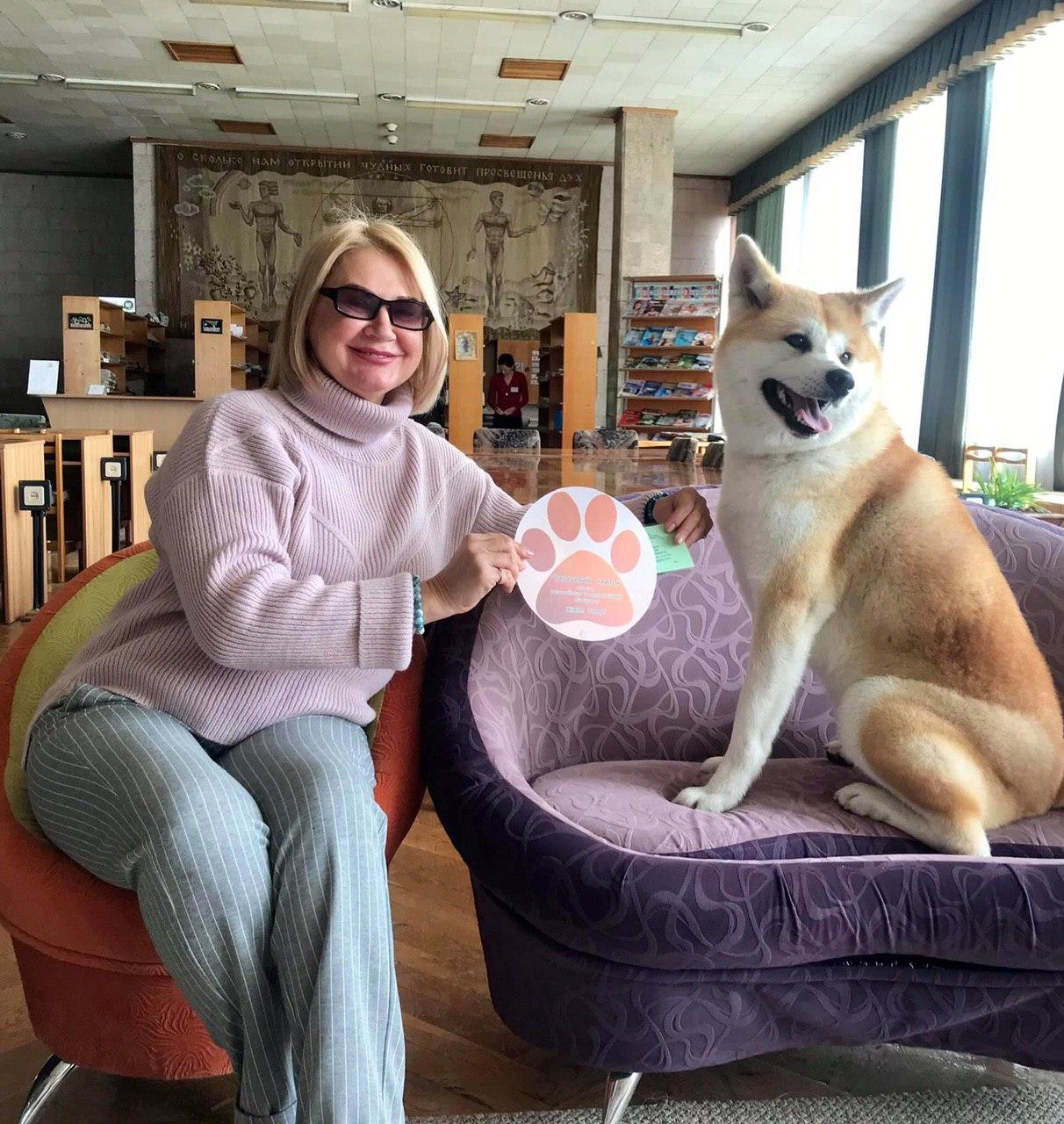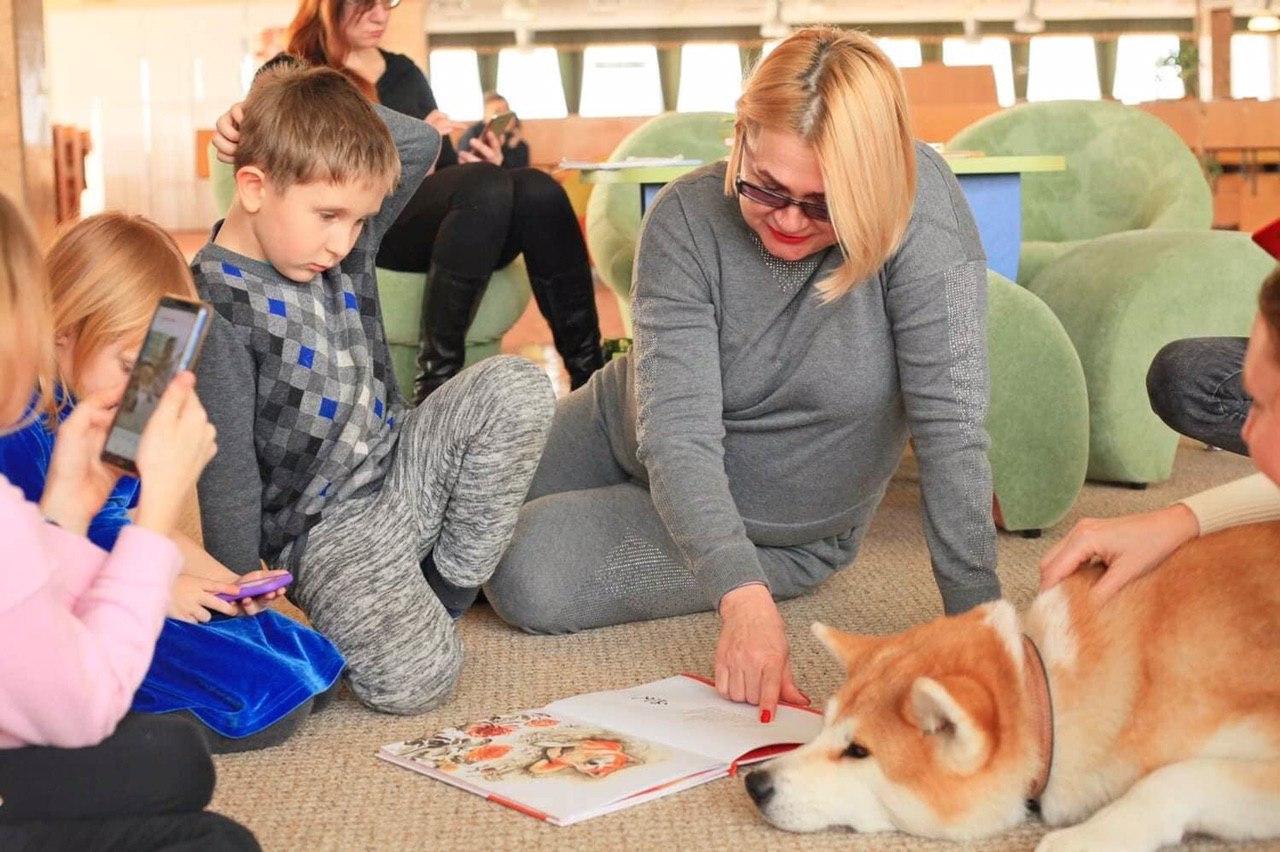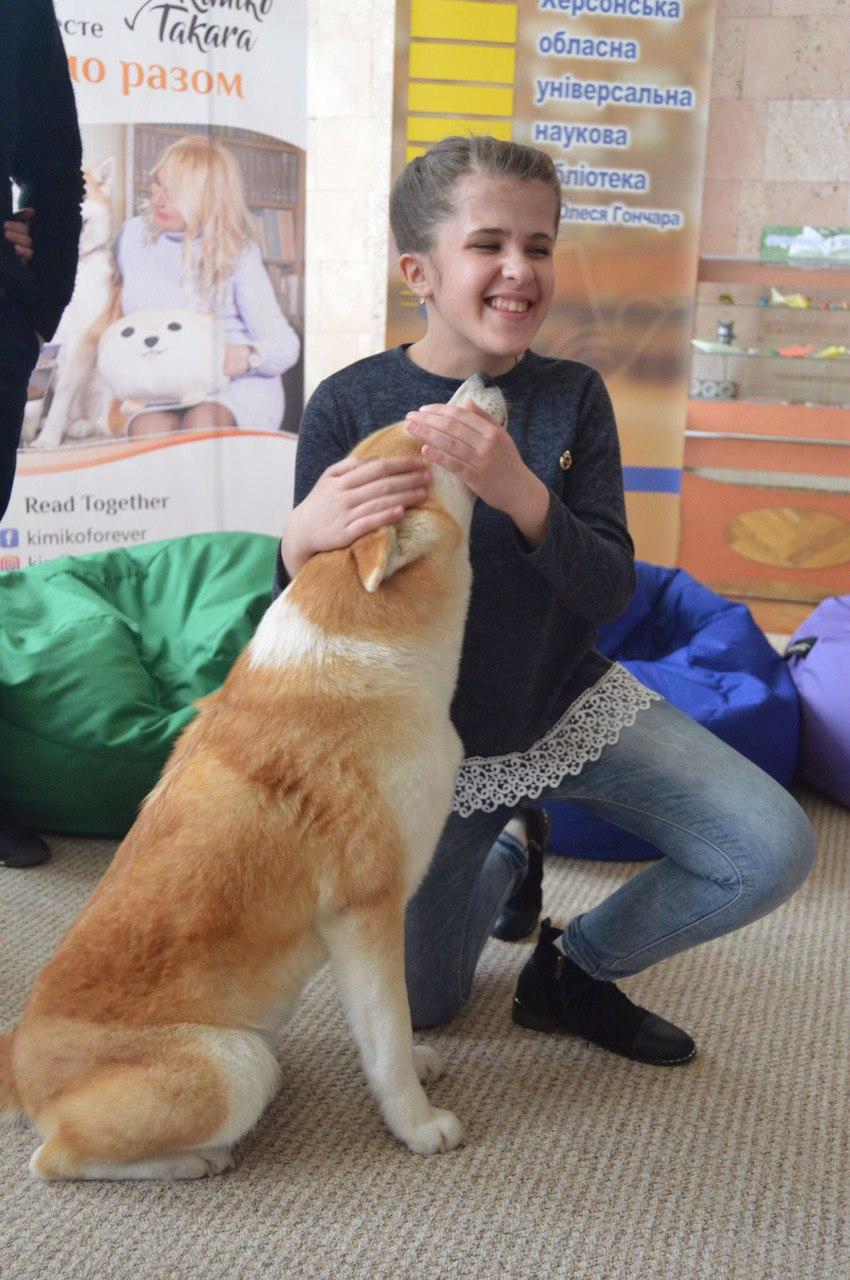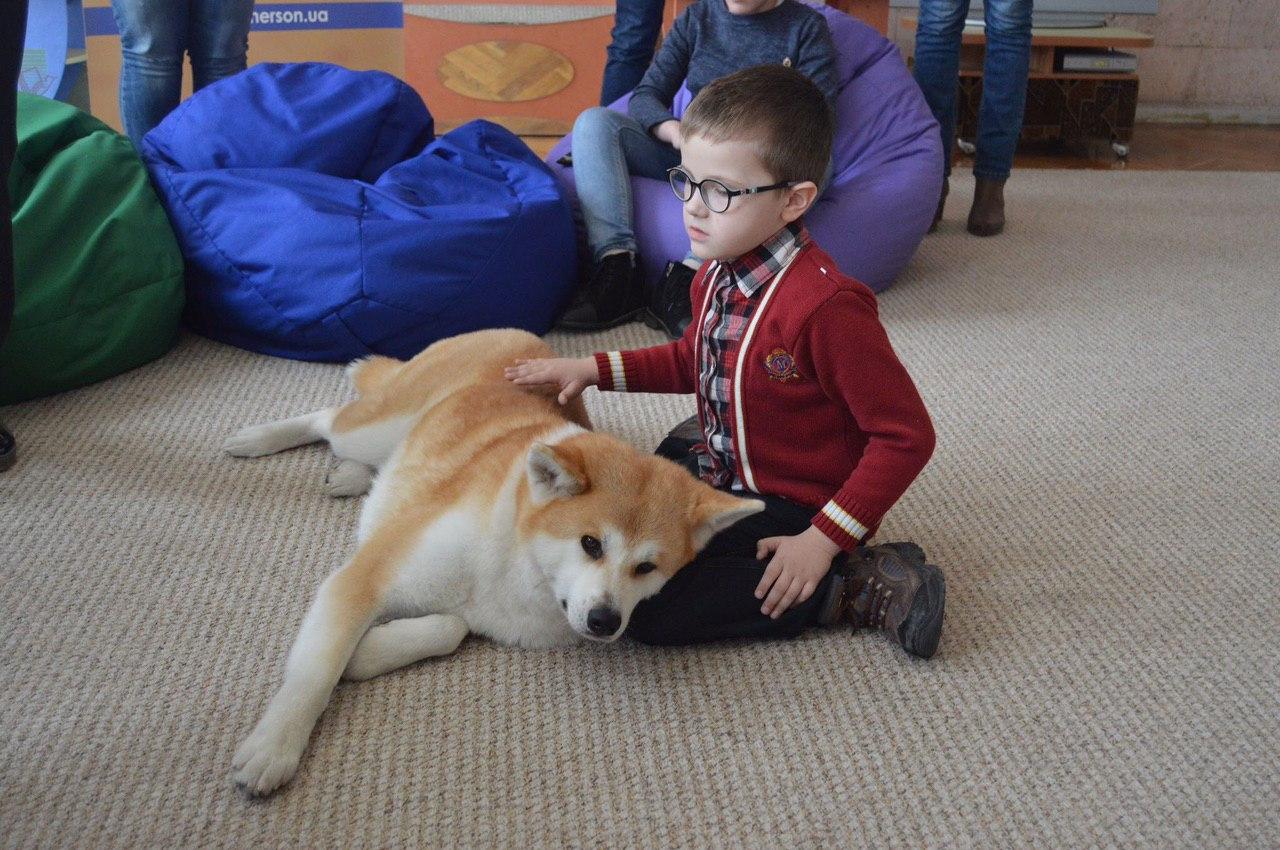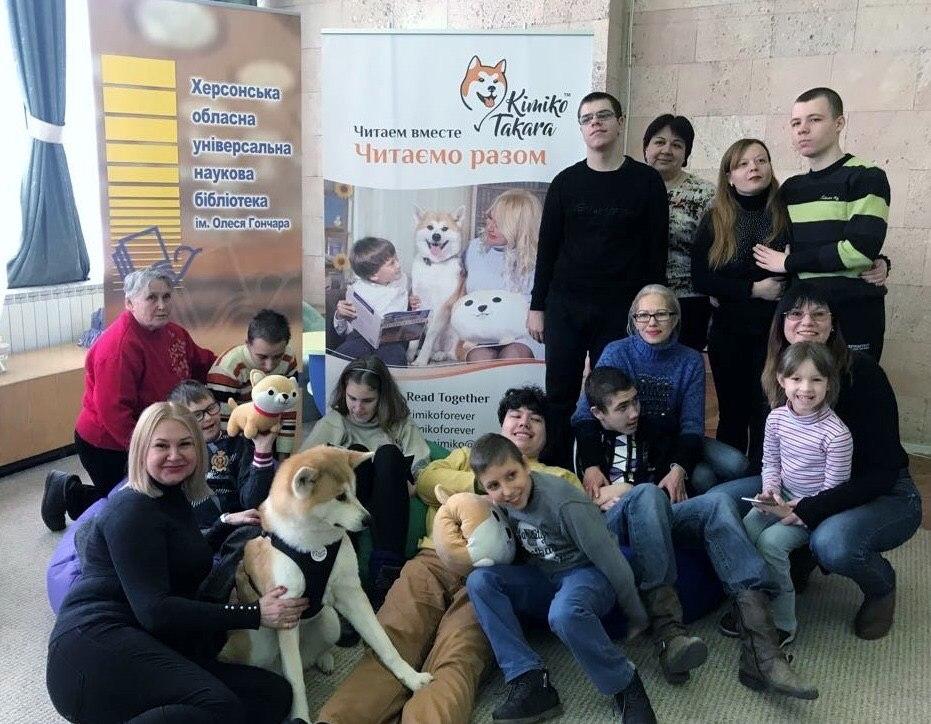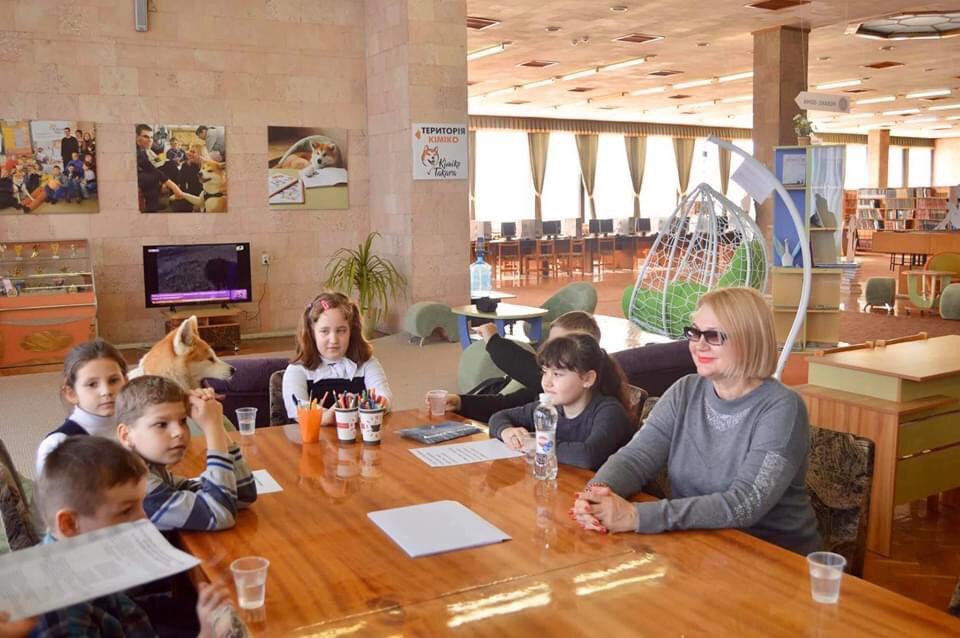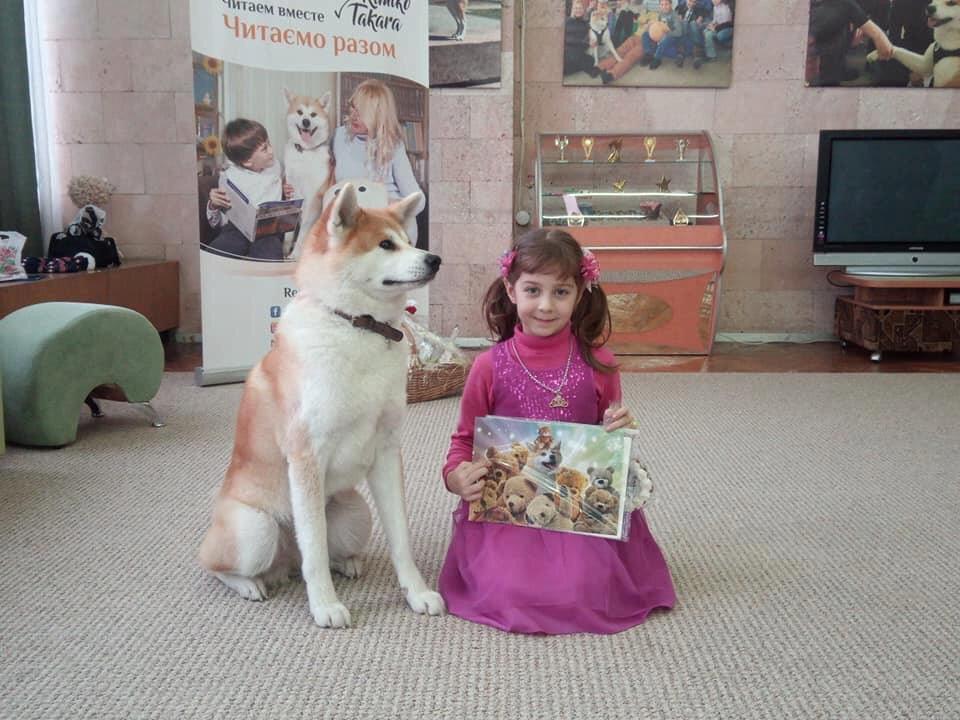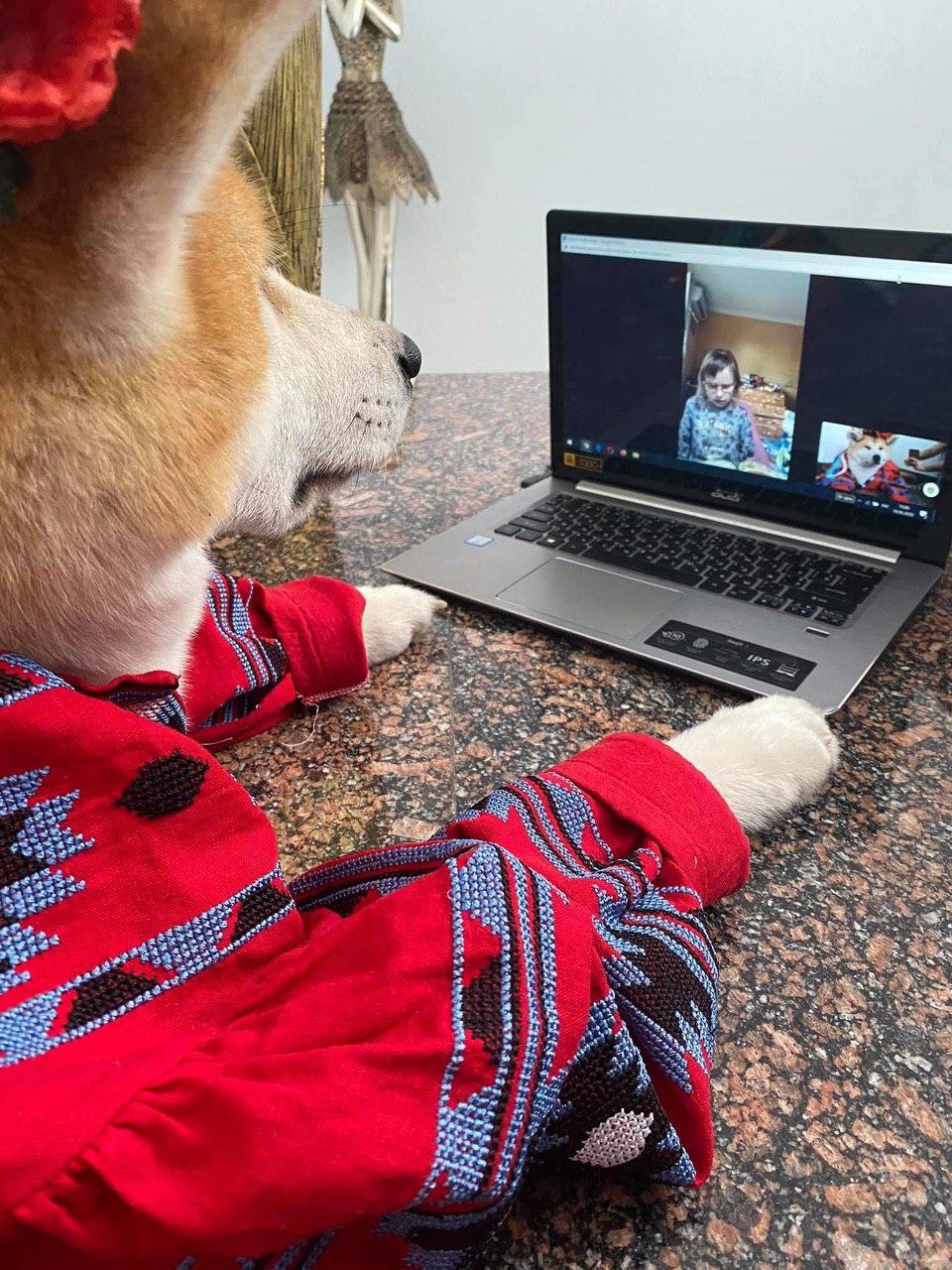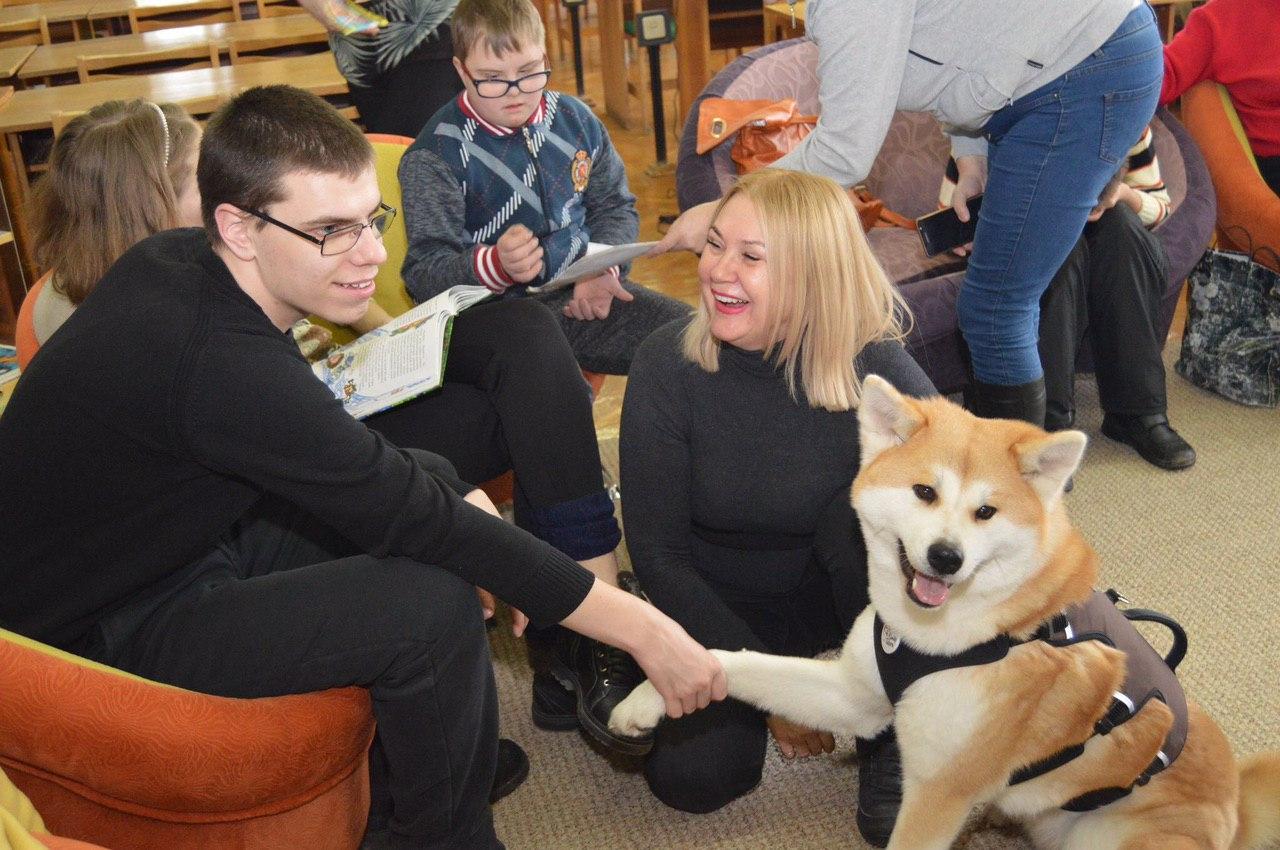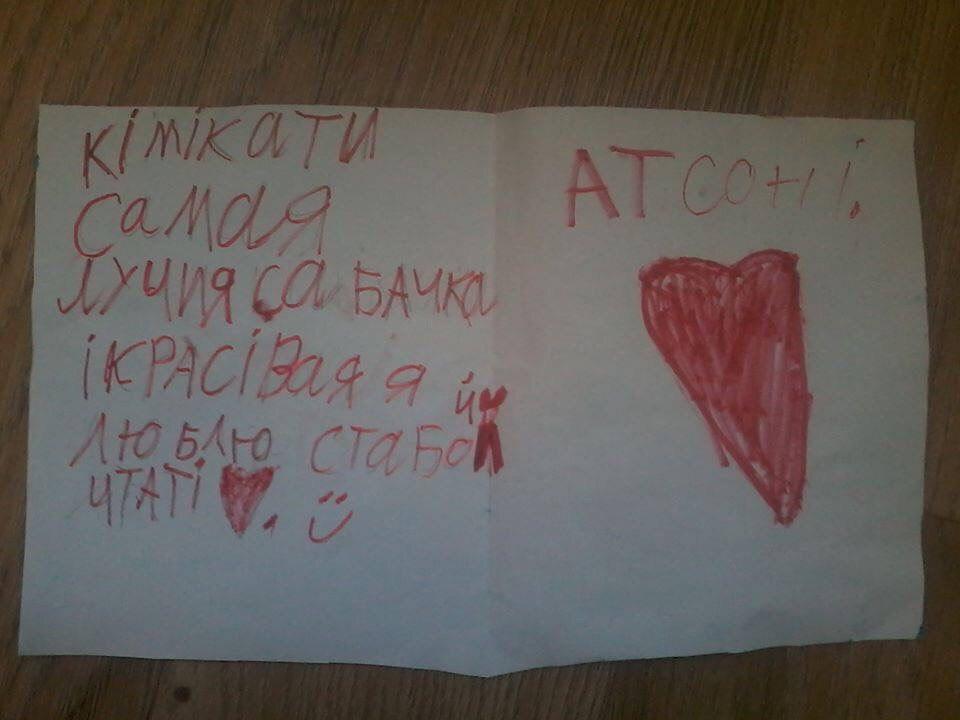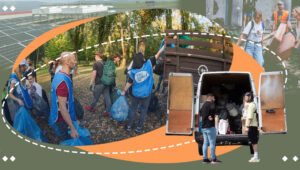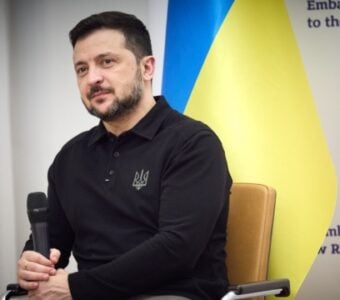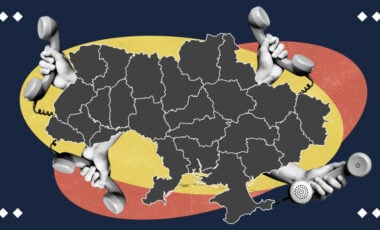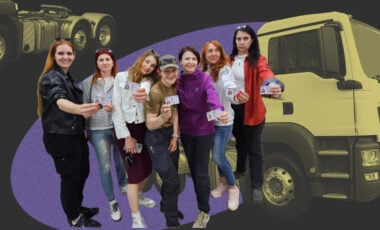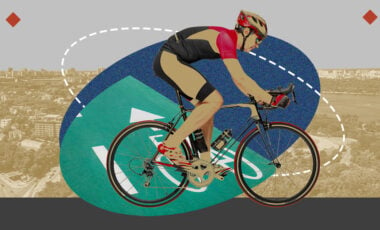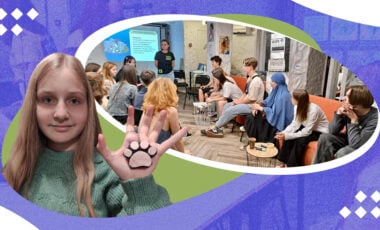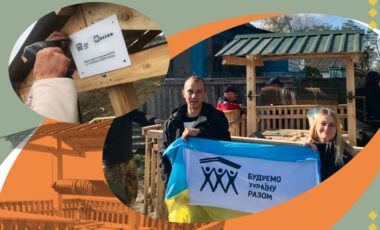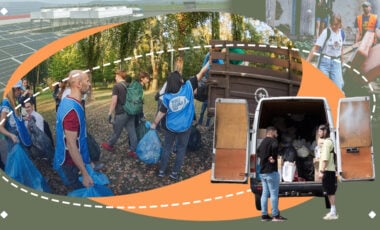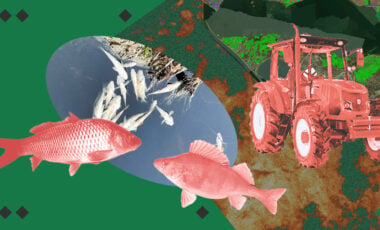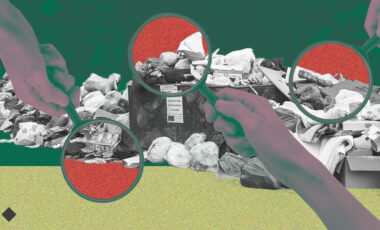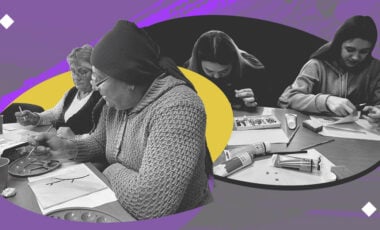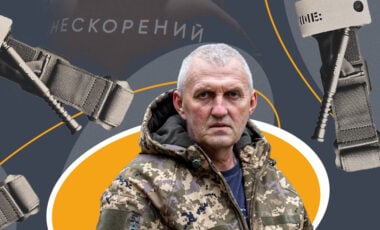Therapy dog: library in Kherson is introducing canistherapy

Everybody knows that everything new is a well-forgotten old. Using animal-assisted therapy i.e communication of people with animals for healing and rehabilitation traces its history to ancient times. Back in 5 century B.C. Hippocrates was talking about the medicinal benefit of horseback riding. In India, patients were prescribed listening to birds singing. About 3000 years ago ancient Greeks discovered that dogs were able to help people overcome different diseases, likewise, ancient Egyptians used cats as natural "doctors".
Everyone who has a pet knows that no one can give you as many positive emotions, no one can calm you and listen to you better than your own pet. Cats, rabbits, birds, and, of course, dogs are our little friends, our silent therapists, and a real outlet in modern realities of our too serious and exhausting world.
The research shows that being near a dog, playing with it, and having tactile contact with it reduces stress, increases physical activity, alleviates depression and anxiety, calms, and motivates you. The main prerequisite of why dogs have such a beneficial effect is that they are always happy to communicate with people. Dogs can be easily trained, better than other animals, they express their emotions. They are also attentive listeners.
15 years ago specially trained dogs-listeners appeared in children libraries in Salt-Lake-City (USA). The problems with reading among children are often related to the fear of reading in front of the class and making a mistake. Parents are also not always able to listen calmly and with interest. Yes, many people know that you shouldn't comment while the child is reading, but often it's really hard not to make any remarks. The child and parents become nervous, the teaching process turns into torture.
The dog, on the contrary, doesn't care how the child reads, whether it's fast or slow, well or not. Kids like that the dog listens silently to their imperfect reading. They find a thankful listener and a friend.
The method, introduced by American librarians, became widespread all over the world. In Finland, such dogs are even an official part of library staff. In Ukraine, by far there is only one such dog specialist who works on a voluntary basis. The unique dog-listener Kimiko works on reading with kids in Kherson on the basis of Oles Honchar Kherson Regional Universal Scientific Library.
Canistherapy for young readers
In 2006 a specialized Center for users with special needs was opened in Oles Honchar Kherson library with the support of the US Embassy in Ukraine and the International charity foundation FORCE (the Netherlands).
The main mission of the center is to provide physical and intellectual access to information for readers with limitations due to which it's difficult or impossible for them to use public resources.
But the library services are constantly developing and the functions of the Centre transform together with the world trends. Today the Center is not only "the point of access to information". It's a special platform for the realization of creative ideas, learning, intellectual communication, and introducing innovative services aimed at the modern needs of users and society in general. The specialists of the regional library try to follow modern trends in library services and bring them to life.
For many years families who bring up special kids, including kids with autism spectrum disorders, sunny kids with Down syndrome, hearing, or visually impaired kids, have been regulars of the Center. All of them are participants and initiators of many projects and events, held on the basis of the library. One and a half years ago special users of the library received an invitation from representatives of the local police to attend the excursion to the dog training center, where the dogs are prepared for working with the police and army. During the visit it became clear that most young visitors had a great interest in dogs, they were not afraid of them, tried to establish contact, and interact with them.
"We, the staff of the Centre," tells the director of the Center for users with special needs Oksana Shestakova, "started to research the topic of using the animals, dogs in particular, in correction work with special kids and found out that nowadays canistherapy is a quite popular direction not only in correction and therapeutic institutions. This way of therapy has been long recognized in the world. For example, meetings with "animal therapists" have been actively practiced in municipal libraries in the US, in Japan, and in Baltic states. The participation of dogs in the learning process nowadays is an obligatory element for some educational institutions of the US and Finland. It's no surprise, but during the research of the topic "communication with a dog", we accidentally found out that there was a dog-therapist with "specialization" in Ukraine. a dog for reading. To our great luck, it lives in Kherson. We met Maryna Rudakova through Facebook and invited her and Kimiko to participate in an experimental meeting with special kids. Maryna and Kimi agreed and the meeting took place".
Kimiko comes to the rescue!
First, we planned only one meeting-reading with the elements of canistherapy in the Center, but the first one went so interesting and well, that meetings with Kimiko in the library became regular. Like that on the basis of the library the unusual inclusive project appeared, "Reading together with Kimiko Takara".
Kimiko is a very noble, well-behaved, and smart dog breed of Japanese Akita, it is a five-time champion of Ukraine and is recognized by the specialists as the best representative of its breed in the country.
Kimiko became a part of Maryna's family when she was a puppy. The fact that apart from beauty, the animal has some special talents, became clear to her owner after several championships, which Kimiko took part in. The dog would always listen carefully to how other people talked around her, and Maryna was advised to send the dog to learn canistherapy. After special courses with foreign specialists and passing the exams Kimiko was ready for therapeutic practice.
All meetings with Kimiko are held in relaxed, informal and, what's most important, in a well-known library setting, in a special "relax zone", where there are some soft furniture, bean bags, the table with children's books about animals, and a soft carpet. The things that could distract kids' attention, for example, toys and children's playhouse, are always taken away by the staff of the library. Moreover, a kid can choose any spot in the zone to read for the dog. It doesn't matter, whether the kid sits in an armchair or lies on the floor. What is important, is that it is nice, comfortable, and interesting for both participants of the process.
After reading tactile contact is an obligatory element. Kimiko withstands all the hugs and squeezes with fortitude, her calm temper attracts kids. Oksana Shestakova, the curator of the project, notes that in the framework of the project "Reading together with Kimiko" we already had a history of success: the girl with autism overcame her fear of dogs.
"As soon as the project was launched, a mom with a girl Liza came to us. The main purpose of their participation in the project was the mom's attempt to somehow overcome a kid's fear of dogs. According to Anna, the mother of the girl, any dog running near the girl could become a serious reason for her anxiety or even a nervous wreck. First Liza was afraid of the dog and paid more attention to books during the meetings. But then, when she saw that her mom and other kids calmly pet furry Kimiko, she also decided to try. Today Liza is a regular at meetings with Kimi, and her fear of dogs is far behind."
"Another interesting meeting with Kimi was the one, where vision impaired kids participated. We prepared books with Braille script, and kids, who had problems with eyesight, also could read to a furry friend, and then meet Kimiko tactilely. During this meeting, it was interesting to observe how kids were examining the dog by touch since in ordinary life it's not possible for all of them. "Kimiko is my friend, cause she is so soft", "She is very nice. I can feel it. Now she is my best friend", "Dad, Kimiko's head is like our grandma's. It is also firm", here are only some of the kids' impressions after meeting with Kimiko".
It is important to note that not only kids but also their parents receive positive impressions from spending time with Kimiko. Mostly these are mothers, women who carry the weight of bringing up and taking care of special kids on their shoulders. Even an unprofessional can see that tactile contact, caress, and communication with the dog have a positive effect on the psychological condition of mothers.
Participation in the project "Reading together with Kimiko" is free, not only readers with special needs can participate, but regular kids as well.
A practicing psychologist, art-therapist Yuliia Syvaieva, mother of a 7-year old Sonia, one of the participants of the readings, considers canistherapy the best means for developing interest of kids for literature:
"As soon as we found out about the project, we immediately "flew" to the library to meet Maryna and Kimiko. Why? As a person with a degree in psychology, I know for sure that reading with a dog is an accessible and pleasant way to show the kid how interesting the process of learning can be. First, the animal is a transitive object between the child, with his or her insecurities and indecisiveness, and the book itself. The fear of reading aloud, when others are listening, looking at you while you are reading, is experienced by almost every child. The dog, patient, and calm friend nearby helps to alleviate internal tension, to refocus attention, and to feel support. The child receives the first experience of public performance, it's a very valuable skill for kids of pre-school and school age.
Second, reading to a furry friend, which doesn't make any remarks, increases a child's self-esteem. Kids who read to a dog feel pleasure, which promotes their confidence and inspires them to read with more enthusiasm in the future. Such practice helps kids to relax and enhance the ability to focus attention. It's very useful for hyperactive children, because, when the kid reads to the dog, he or she concentrates and relaxes. The kid understands that he is in control of the situation and is responsible for the interest of the listener. Also, communicating with a dog-therapist, kids learn how to feel compassion and how to interact with other members of the community.
And finally, we all know that many kids are afraid of dogs. Working with animals specially trained to communicate with kids, can help a child to overcome this fear. The kid chooses for himself, how close he wants to sit near the dog, whether he wants to touch it, pet it and hug it, understanding that it's quite safe.
As a mom, I can say that such an experience was beneficial for us. My daughter expressed interest in books, her reading technique became better. She stopped being afraid of approaching dogs, she became curious about animals. Moreover, participation in the project broadened the kid's outlook and her circle of friends. Many kids come to classes in the library and to meetings with Kimiko from all over the city and that's why Sonia found new acquaintances and friends."
During quarantine meetings with Kimiko went online. Every Saturday Kimi made herself comfortable on the sofa in front of the screen where the kids were reading her favorite books.
Olha Sereda found out about the projects after seeing the Facebook post on the page of a friend who was already attending the library. "Unfortunately, we haven't seen Kimiko offline, only online during the quarantine. My daughter Katia is 6 years old. She was very happy to be able to read to the dog and read to it during all 10 meetings online. This dog has a magical effect on children. My daughter was reading bigger texts, much bigger than usual. She really wanted to read! She kept asking: how does Kimiko type the number with her paws? Such a magical dog, calls me by itself!
Kimiko has a very attentive "face", the dog listens like it understands everything. Our friend Yaromyr also reads to Kimiko after our recommendation and he was very excited. Kimiko has such a positive influence on kids, even online, that they want to read more and better. Because the dog doesn't make any remarks, doesn't say no, it just listens and that fact bribes. I am very thankful to Maryna Rudakova for such classes. I am glad that we have such a beginning in Ukraine, because before I only heard of that as of foreign experience. Katia and I can't wait for the autumn and for meetings with Kimiko in the library offline."
Унікальна собака-слухач на ім'я Кіміко займається з малюками читанням у Херсоні 🐶📖
На карантині такі заняття перейшли у віртуальний простір!https://t.co/vvemHQ99LY pic.twitter.com/xKhq8NNXeN
— Рубрика (@rubryka) July 30, 2020
Kimiko also teaches the language
In one and a half years of the existence of the innovative project "Reading with Kimiko" about 70 kids, of whom 18 are special kids took part in it.
In spring 2020 on the basis of the Honchar library, another project with the smart dog was launched: "Learning Ukrainian with Kimiko Takara". Teachers of Kherson schools bring children who want to know their mother tongue better to classes. School kids find out some language subtleties, they paint, communicate, learn and play with the dog.
Maryna Rudakova and Honchar library have many plans and projects involving canistherapy. There is a fall launch of English classes planned.
For now, during the summer holidays, both kids, and the magical Akita Kimiko are relaxing and resting, gathering powers and energy. A new interesting and enlightening year is about to start.
The article used the photos from archives of Maryna Rudakova, Oksana Shestakova, and Yuliia Syvaieva.


